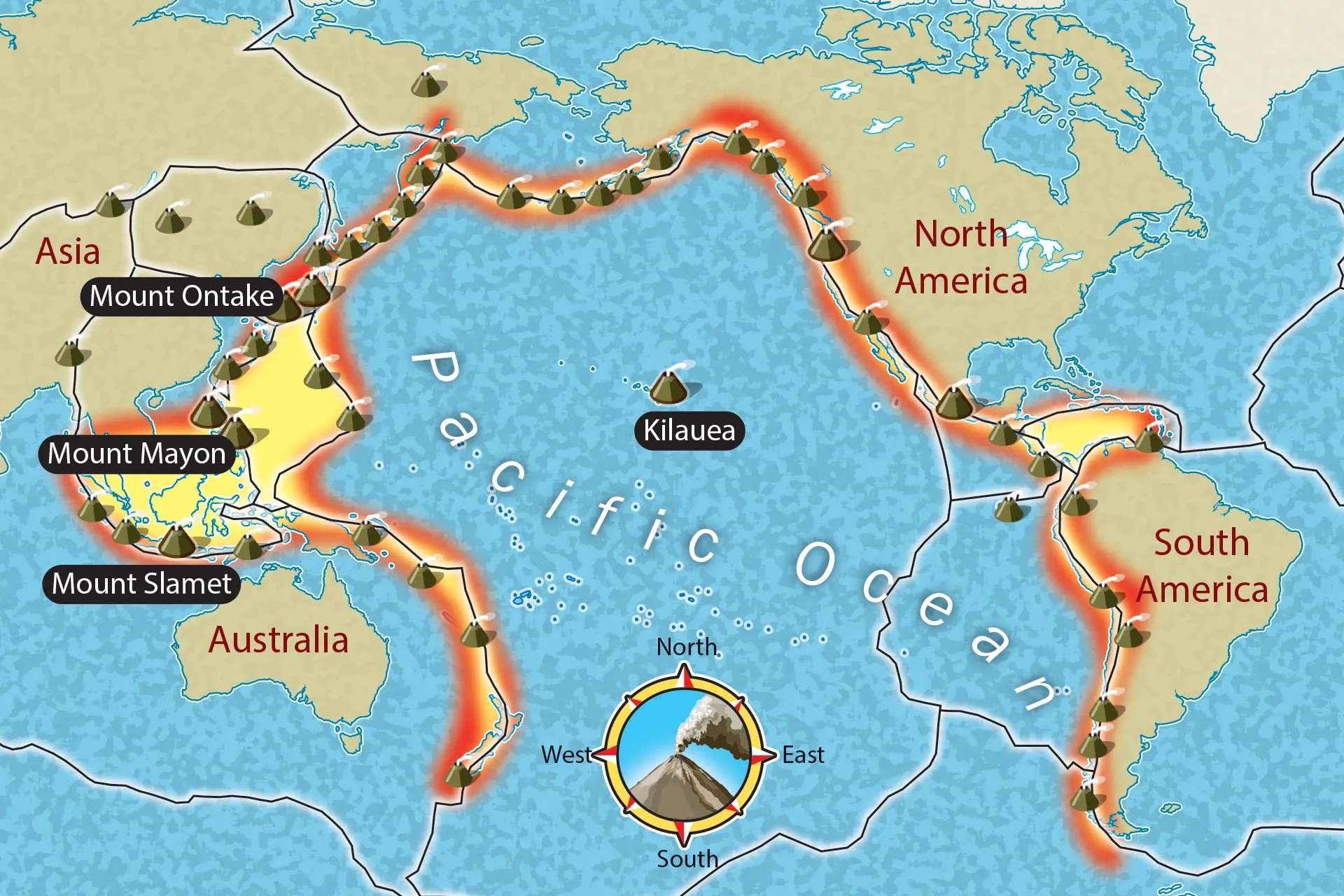
Hotspots are fascinating geological features that have intrigued scientists and nature enthusiasts alike. But what exactly are they? Hotspots are areas where magma from deep within the Earth's mantle rises to the surface, creating volcanic activity. Unlike most volcanoes that form at tectonic plate boundaries, hotspots can occur in the middle of tectonic plates. This unique characteristic makes them a subject of intense study. From the Hawaiian Islands to Yellowstone National Park, hotspots have shaped some of the world's most iconic landscapes. Understanding these fiery phenomena not only helps us appreciate Earth's dynamic nature but also prepares us for potential volcanic hazards. Ready to dive into some intriguing facts about hotspots? Let's get started!
What is a Hotspot?
Hotspots are areas where you can access the internet wirelessly. They are everywhere, from coffee shops to airports. Here are some interesting facts about hotspots.
-
Hotspots use Wi-Fi technology to connect devices to the internet. Wi-Fi stands for Wireless Fidelity.
-
The first public hotspot was created in 1993 at Carnegie Mellon University. It was called the "Wireless Andrew" project.
-
Hotspots can be free or paid. Some places offer free Wi-Fi, while others charge a fee.
-
Mobile hotspots are portable devices that provide internet access. They use cellular networks to create a Wi-Fi signal.
-
Hotspots have a limited range. Typically, they cover an area of about 150 feet indoors and 300 feet outdoors.
How Do Hotspots Work?
Understanding how hotspots function can help you use them more effectively. Here are some key points.
-
Hotspots use radio waves to transmit data between your device and the internet.
-
They require a router to broadcast the Wi-Fi signal. The router connects to the internet through a wired connection.
-
Encryption is essential for hotspot security. WPA2 is the most common encryption method used.
-
Hotspots can be set up using a smartphone. Many smartphones have a built-in feature to share their internet connection.
-
Bandwidth is shared among all users connected to the hotspot. More users can slow down the connection.
Benefits of Using Hotspots
Hotspots offer several advantages, making them popular for internet access on the go.
-
Convenience is a major benefit. You can access the internet from almost anywhere.
-
Cost-effective for travelers. Instead of using expensive mobile data, you can connect to a hotspot.
-
Flexibility in work locations. Hotspots allow people to work from cafes, parks, or even while traveling.
-
Emergency internet access. If your home internet goes down, a hotspot can be a lifesaver.
-
Supports multiple devices. You can connect your phone, laptop, and tablet to the same hotspot.
Risks and Challenges
While hotspots are useful, they come with some risks and challenges.
-
Security risks are a major concern. Public hotspots can be targets for hackers.
-
Data limits on mobile hotspots. Many mobile plans have a cap on data usage.
-
Interference from other devices. Microwaves and cordless phones can interfere with Wi-Fi signals.
-
Speed can vary. The speed of a hotspot depends on the number of users and the quality of the internet connection.
-
Not always reliable. Public hotspots can sometimes be slow or have connectivity issues.
Interesting Uses of Hotspots
Hotspots are not just for checking emails or browsing the web. They have some unique applications.
-
Smart cities use hotspots to provide free Wi-Fi in public areas. This helps residents and tourists stay connected.
-
Disaster relief efforts often rely on hotspots. They provide crucial communication links when traditional networks are down.
-
Educational purposes. Schools use hotspots to give students internet access for research and online learning.
-
Events and festivals set up temporary hotspots. This allows attendees to share their experiences on social media.
-
Remote areas benefit from mobile hotspots. They bring internet access to places without traditional infrastructure.
Future of Hotspots
The future of hotspots looks promising with advancements in technology.
-
5G technology will enhance hotspot performance. Faster speeds and lower latency are expected.
-
Wi-Fi 6 is the latest standard. It offers better performance in crowded areas and improved battery life for devices.
The Final Word on Hotspots
Hotspots are more than just convenient internet access points. They’ve revolutionized how we connect, work, and play. From public spaces to private homes, these wireless wonders keep us linked to the digital world. They’re essential for remote work, online learning, and staying in touch with loved ones. Understanding how they function, their security risks, and their benefits can help you make the most of them. Whether you’re using a mobile hotspot on a road trip or connecting to a café’s Wi-Fi, knowing the ins and outs can enhance your experience. So next time you log on, remember the tech behind the scenes making it all possible. Hotspots are here to stay, and they’re only getting better. Stay connected, stay informed, and enjoy the endless possibilities hotspots bring to your fingertips.
Was this page helpful?
Our commitment to delivering trustworthy and engaging content is at the heart of what we do. Each fact on our site is contributed by real users like you, bringing a wealth of diverse insights and information. To ensure the highest standards of accuracy and reliability, our dedicated editors meticulously review each submission. This process guarantees that the facts we share are not only fascinating but also credible. Trust in our commitment to quality and authenticity as you explore and learn with us.
